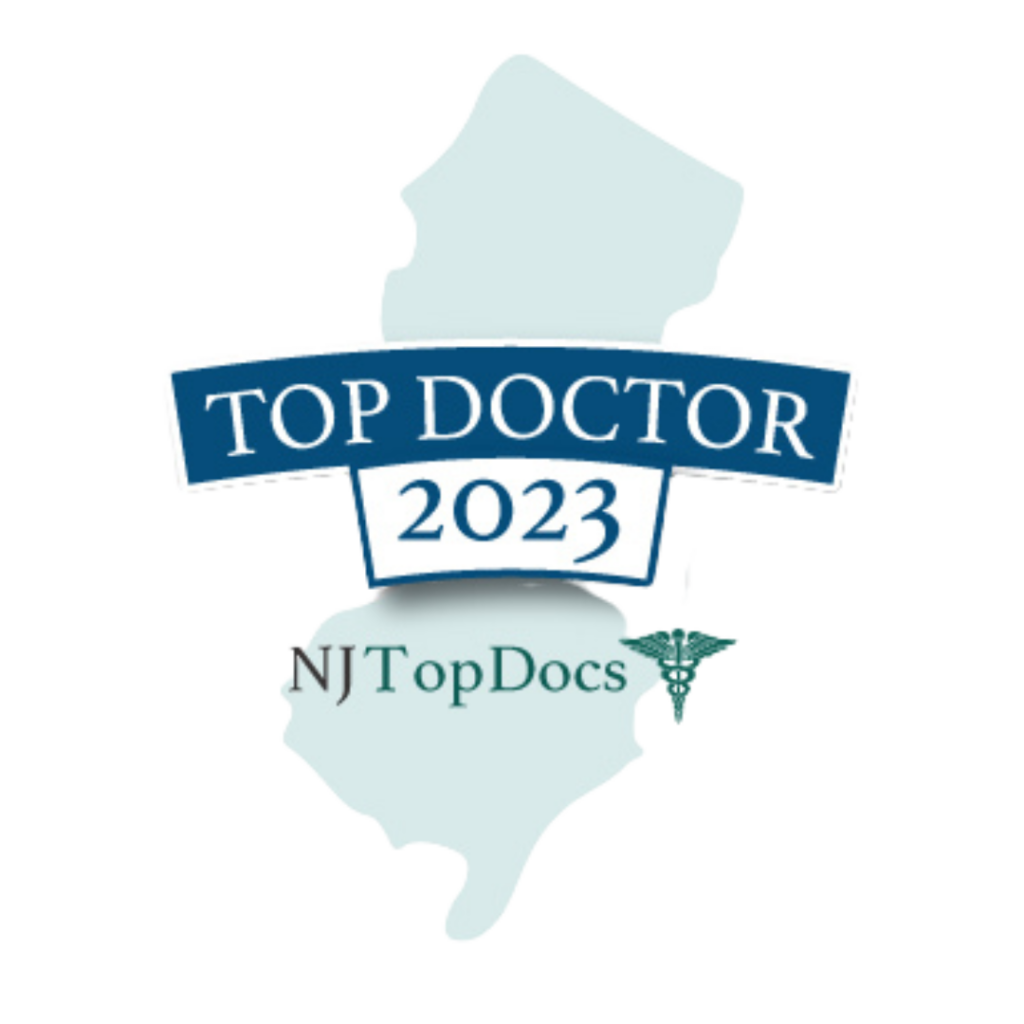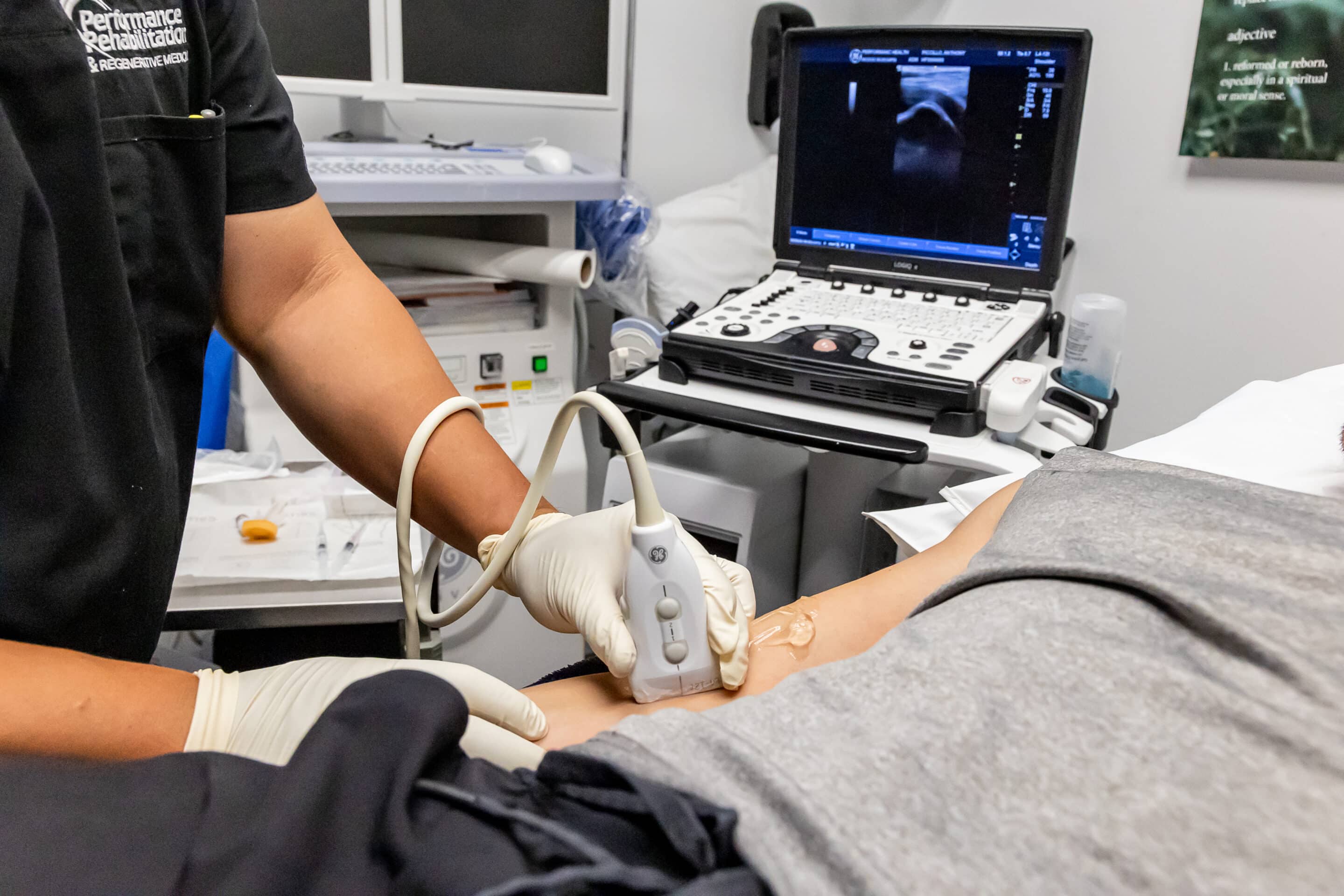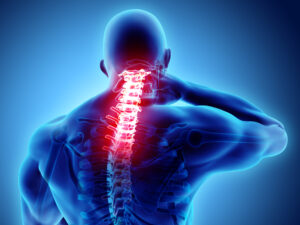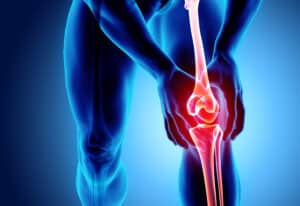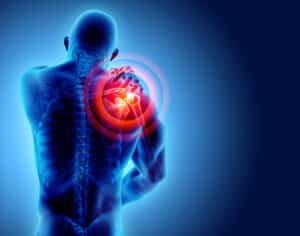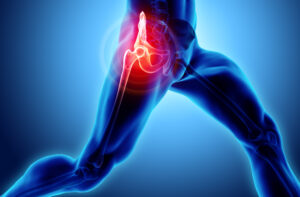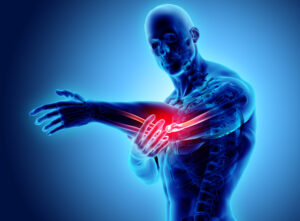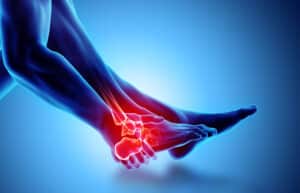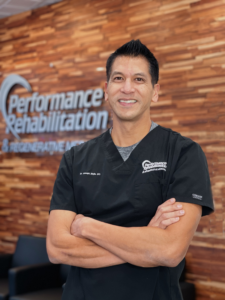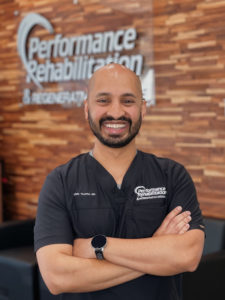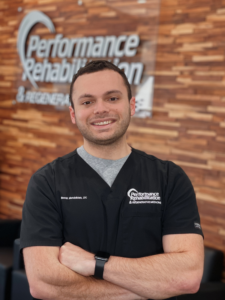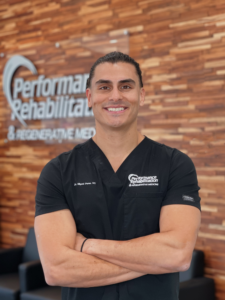Shoulder Pain: Stem Cell Therapy – A New Solution for a Chronic Condition
Whether you are an Olympic athlete, gym enthusiast or an avid gardener, shoulder pain is one of the most common overuse syndromes affecting Americans today. There are many causes for shoulder pain. The goal of this article is to discuss the most common causes and cutting-edge treatments, as well as give hope to patients that may have failed conservative treatments and were told surgery is their only solution.
The shoulder is one of the most complex and mobile joints in the body and consists of dozens of different muscles, tendons and ligaments, which are all necessary to orchestrate even the subtlest movements. It is not a surprise that with all of this movement and complex anatomy that shoulder injuries are one of the most common conditions we treat at Performance Rehabilitation & Regenerative Medicine.
Basic Anatomy of the Shoulder
The most common injury to the shoulder involves the rotator cuff muscles and surrounding structures. The rotator cuff is a group of four muscles that surround the shoulder, which synergistically work to stabilize and move the arm. Contiguous with each rotator cuff muscle, is a tendon that connects to the humerus (upper arm bone) and is an insertion point for movement. The tendon has poor blood supply, so when it is injured, healing is often slow and incomplete. Unfortunately, the rotator cuff muscles do not work alone, they are part of a larger functional movement system including the cervical and thoracic spine, pectoralis and bicep muscles and the elbow joint, to name a few. This is why it is not uncommon for prolonged untreated shoulder conditions to present with secondary complaints to the regions mentioned above.
Most Common Shoulder Injury:
The most common shoulder injury seen in a non-surgical, orthopedic facility is rotator cuff tendonitis, with or without rotator cuff tear. This is often associated with shoulder impingement syndrome. Rotator cuff tendonitis is an acute inflammation of the tendon from irritation or overuse of the region. If the condition persists for more than 3 months it is usually considered chronic and is referred to as a tendinosis.
Treatment Options for Shoulder Pain:
Most rotator cuff injuries will resolve with conservative treatments. Rest and anti-inflammatory medications (NSAIDs), are usually adequate to resolve more simple cases. If pain and limited function persist, a steroid injection into the tendon and/or bursa sac is a very effective means to reduce inflammation, followed by a regiment of physical therapy to regain strength and range of motion. If pain persists an MRI may be ordered to further evaluate the potential pain generator of the shoulder.
Stem Cells and Platelet Rich Plasma Therapy: New solutions for chronic shoulder pain
Until recently, if a patient failed conservative intervention they became a surgical candidate for arthroscopic shoulder debridement, acromial decompression, tendon repair or a variety of other surgical interventions.
Due to advances in medicine and in particular, Adult Stem Cell (ASC) Therapy and Platelet Rich Plasma (PRP) Therapy, we now have the ability to treat partial rotator cuff tears and chronic tendonitis without surgery. We have seen excellent outcomes within properly selected patient populations. Adult stem cells are undifferentiated stem cells, which have the ability to become any tissue to which they are grafted on. The adult stem cells are obtained from the patient’s adipose (fat) tissue in a simple aspiration process. Once acquired, the stem cells are processed in the office, in a 20-minute procedure, and reintroduced, or grafted, to the injured tissue. The patient is sent home the same day and instructed to immobilize the treated body region for 3 days to ensure the stem cell graft securely adheres to the injured tendon tissue. Within 5-7 days the physician will introduce PRP to the stem cell graft to accelerate the healing process. With PRP, a small amount of blood is taken from the patient, which is then processed to yield a high concentrate of platelets. The concentrated platelets are then removed and grafted, similar to ASC treatment, (under ultrasound-guided imaging) onto the damaged tendon, resulting in 500% more platelets, growth factor and healing proteins being introduced to the injury site than would otherwise occur naturally. This accelerates tissue repair and regeneration, to an otherwise limited vascular tendon, thus enhancing the body’s natural healing ability. The common metaphor is that stem cells are like the lawn seed and PRP is the fertilizer, both are needed for complete healing to occur.
Most patients require one stem cell graft and 1-2 PRP treatments. All patients are encouraged to participate in physical therapy after the procedure, to enhance the rehabilitative process. The procedure takes less than 2 hours from start to finish
If you feel you are a candidate for a Regenerative Medicine procedure or have questions and you live in the tri-state area, we recommend that you make an appointment to discuss it with one of our doctors. For more information visit us at www.deveperfrehab.wpengine.com or call our Patient Care Coordinator at 908-756-2424.
About the author
Joseph Mejia D.O., F.A.A.P.M.&R, Is a graduate of University of Michigan and West Virginia School of Osteopathic Medicine. He is Board Certified in Physical Medicine & Rehabilitation and Sports Medicine. Dr. Mejia received his Fellowship Training in Interventional Pain Management from University of Medicine and Dentistry. He has advanced training in Regenerative Medicine and is the Medical Director and Partner of Performance Rehabilitation and Integrated Medicine.

